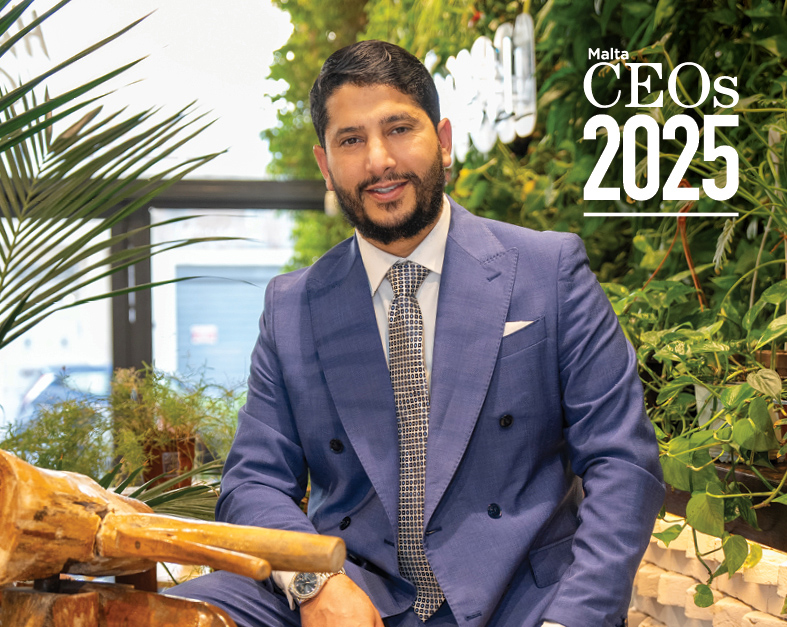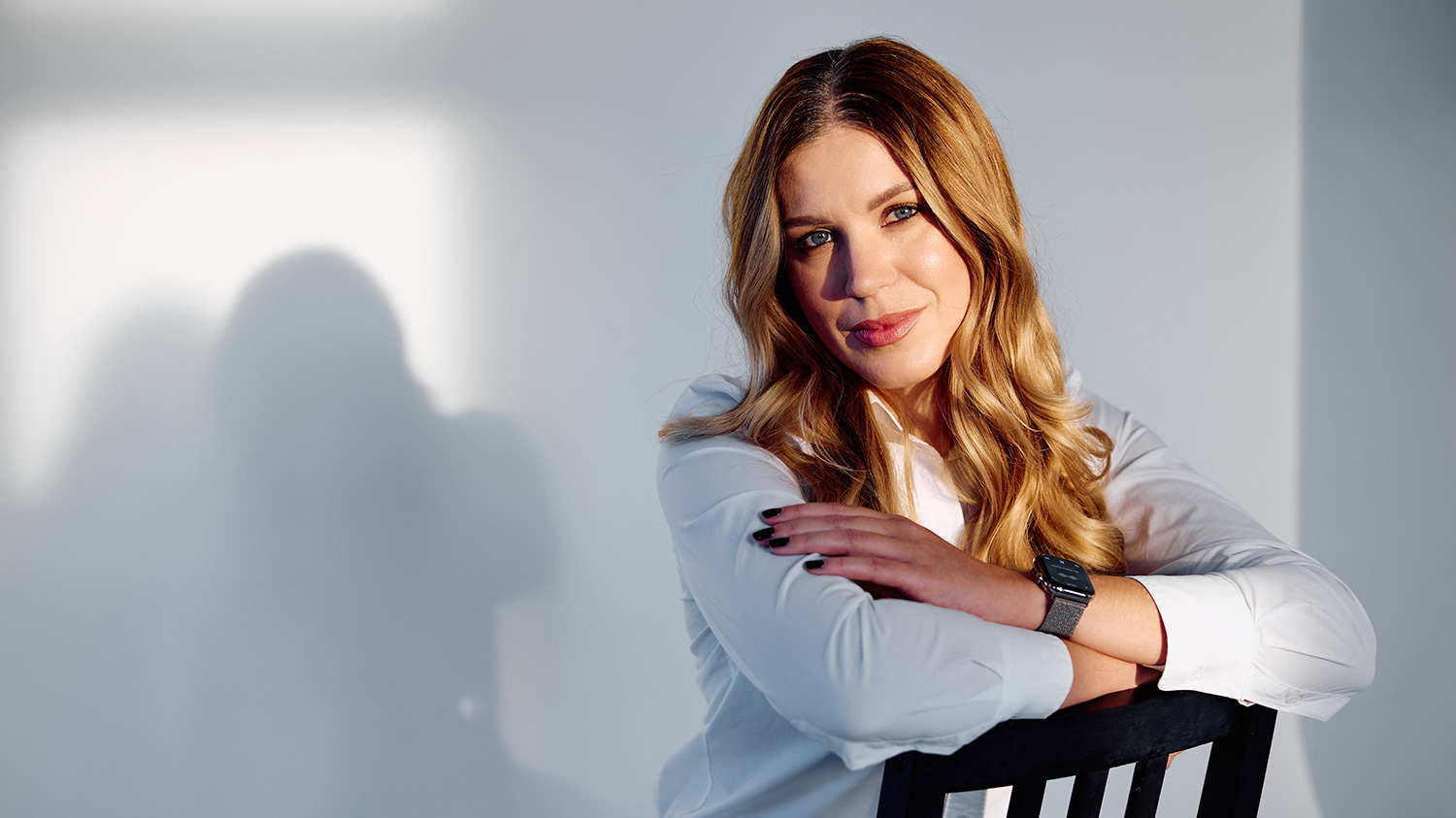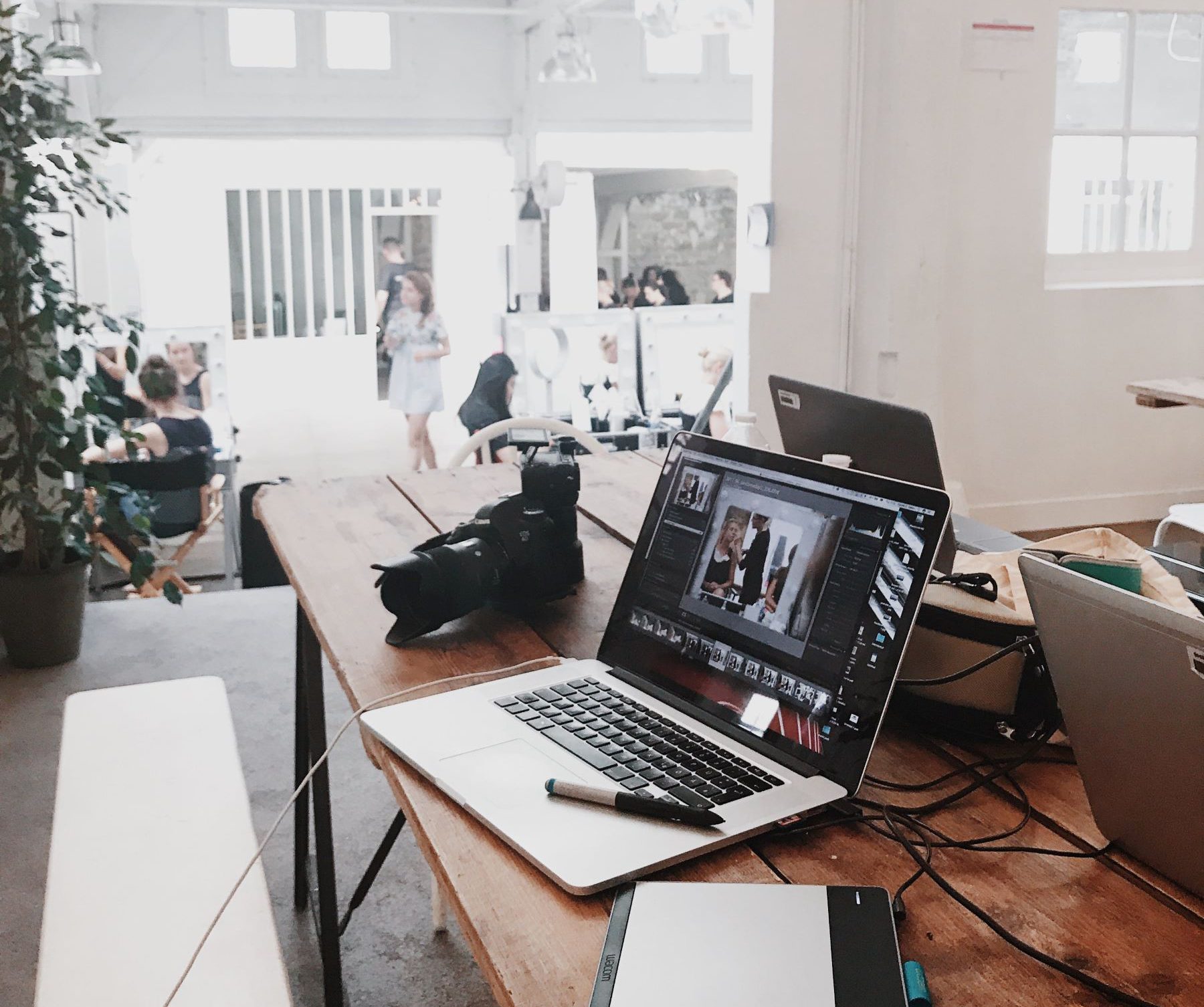Manners maketh man, and in the contemporary world of gender equality, manners maketh woman too. The truth is that the original, apparently male-centric, term actually means “manners are what makes us human.” And this is something that we should never forget – least of all in an increasingly fast-paced corporate world where digitisation, artificial intelligence, and automation often use a veneer of politeness, devoid of true nuance. This filtering out of what really matters when it comes to social lubrication, is down to app-driven, shorter attention spans and an ego-centric desire for instant gratification.
Now, more than ever; in a world where soft-skills and socially competent behaviour are highly sought after, not only should we remember the old adage that manners cost nothing, but perhaps look to a few experts who can weigh in from a more corporate perspective.
Letitia Baldrige was a US etiquette doyenne, author, diplomatic secretary, PR executive, and former White House social secretary under the Kennedy administration. Her message, even back in the 20th century, was clear: “Good manners are cost effective. They not only increase the quality of life in the workplace, they contribute to employee morale, embellish the company image, and play a major role in generating profit.” And there is no better way to set off on the right foot, with a clear expression that manners matter to you; than sending a prompt note of thanks following a job interview.
While business writing is generally intended to be instructional, informational, persuasive, and transactional, there is an art to writing a traditional thank you note, which transcends the functionality of the above expectations, while maintaining the essence of their purpose. We do not thank others to instruct, or to establish a transaction, but to show gratitude and interest.
And while the scenario of an interview focuses on the potential transactionality of experience and expertise in return for a job offer; the only instruction to be emphasised in a post-interview thank you note is that you are asserting the power of your politeness. That the note should be informational and persuasive stands to reason – but keep it brief and subtle. Inform your interviewer or interviewing board of your enjoyment of the conversation, what you gained from it and persuade them, by sheer politeness, of what they stand to gain from employing you. If they don’t choose to employ you, it does not matter. An impression has been left that is distinctly good and channels of communication have been left completely open.
Indeed, Christopher Littlefield, writing for the Harvard Business Review, says that the purpose of sending a thank you note is four-fold. The note:
- creates a positive connection
- helps you stand out
- provides you with an opportunity to confirm your professionalism and people skills
- confirms your interest in the job
Although both etiquette specialists, American Emily Post and the very British William Hanson, agree that saying thank you rigorously involves the personal touch with a handwritten note; the business nature of a job interview in a corporate setting, does allow for us to do away with the handwriting in favour of a rigorously polite email. Think about it: it makes sense to create a digital thread firmly entrenched in politeness.
So how do you actually go about writing a thank you email following a job interview? Perhaps the most important aspect of it is the speed with which you reply.
Leave no more than 24-48 hours elapse until you hit send
Promptness is a quality you want any potential employer to be impressed with and look forward to benefitting from. Acting fast means you are attentive to what matters.
Avoid the 3 cardinal sins of the thank you note
- Do not include too much detail. Excessive wordiness goes against the principles of good business writing which should be clear, to the point and effective in delivering its message.
- Do not include any requests in your message of thanks. You are expressing gratitude for an opportunity, not using your email as a platform for further clarification or discussion. Asking questions comes across as demanding and wastes the recipient’s time.
- This really should go without saying, but do not, under any circumstance, send your email without proof reading it at least twice first. Watch out for typos and awkward structures which will serve to highlight ineptitude rather than suitability.
What to include in your thank you email
- Familiarise yourself with the correct terminology. A salutation is an opening greeting, while a valediction is a closing expression. Your salutation should naturally, be formal and opening with a “Dear *name in question*” goes without saying. But while it makes sense (or one hopes it does) not to start with “yo bro”, what if your interviewer introduced themselves to you by asking you to address them with an abbreviated version of their name? what do you do then? Say their name is Nicholas or Nicole, and they ask you to call them “Nic;” do you start your salutation with “Dear Nic” in your polite email? If you’ve been given the dispensation during the interview, then go right ahead. The art of polite emails is to strike a balance between formality and friendliness. And if you have been interviewed by more than one person, address or reference all of them in your salutation, and keep them in copy.
- Limit your email body to a maximum of four average short to mid-length sentences.
- Sentence 1 should open by thanking your interviewer/s specifically and referencing the situation. Include date and time and thank them for their time and their input.
- Sentence 2 should add extra information about what the interview and opportunity mean to you and your interest in the company as well as the potential relationship with the company.
- Sentence 3 ought to ‘reference the past and allude to the future’: briefly speak about how your past experience and expertise puts you in the ideal position to grow with the company, should the opportunity come your way. Do NOT beg for the job, but politely make your case.
- Sentence 4 simply closes by reiterating your initial thanks.
- Choose your valedictions wisely. Your closing statement can send a clear message as to your intentions too. If you want to veer on the polite side of friendliness, go for a valediction like “Regards” or “Best regards”, alternatively use “Thanks” or “Best wishes”. However, if you want to be more formal, go for the classic “Yours faithfully” while “Yours truly” and “Sincerely” are a shade less formal. If you really want to make it clear that you appreciate the time you were given, then you could go for “Cordially,” “With gratitude” or “Appreciatively.” Whatever you choose, be honest.
A gesture may well speak a thousand words, but a few well-chosen words can create a gesture of good-will and politeness that will certainly not go unnoticed.
Moving beyond awareness: Creating inclusive workplaces for neurodiverse talent
As Christine Hili points out, inclusion goes beyond acknowledgment.
5 critical steps to scaling your business successfully
By staying proactive and adaptable, your business can maintain steady growth while avoiding common pitfalls.
April Fools’ leadership myths: Busted!
The best leaders are those who remain open to growth, embrace vulnerability, and lead with confidence - flaws and all.
Essential skills every modern CEO must master
These skills can drive organisations to new heights, navigate challenges with confidence, and leave a lasting impact on their industries.









